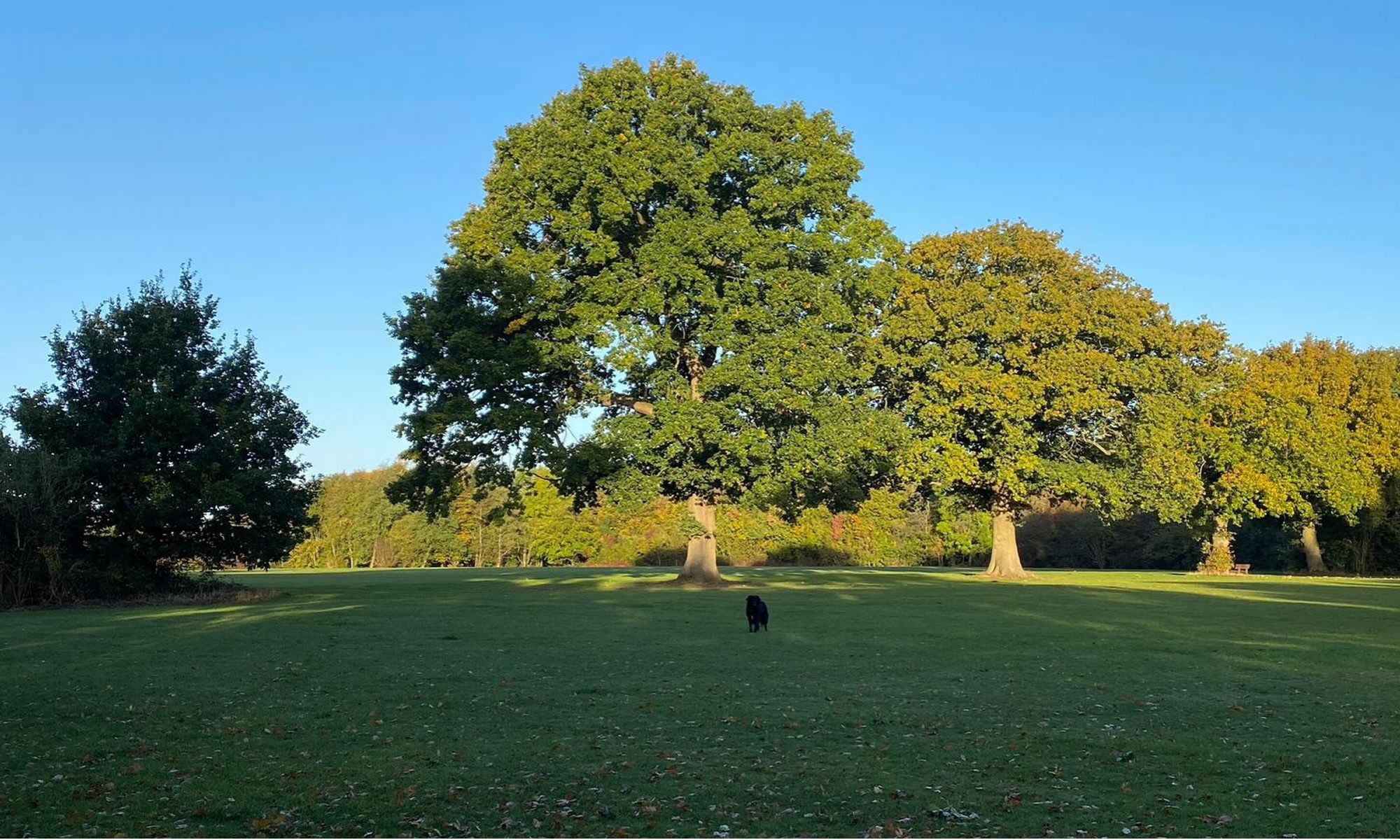Wythall Community Association has its roots in the Second World War, when communities were asked to provide recreational activities when it was impossible to go away on holiday. Immediately after the war, representatives of local organisations, now formally Wythall Community Association, together with the Parish Council, bought a 6 acre field at the corner of Shawhurst Lane and the Alcester Road (£400) for leisure and sporting use for Wythall and the surrounding area, under the Trusteeship of 5 residents. As it was originally intended to build a community hall, the Trust was named Wythall Community Hall Trust. Tennis courts, a pavilion, football pitches, changing rooms and shower facilities were added over the next 10 years.
In 1963, Bromsgrove Rural District Council had plans to develop Paddocks Farm for housing, including the 6 acres of recreation land. At the same time, Wythall Farm in Silver Street, a property of house, barns and 37 acres came on the market. After long negotiations with BRDC over the status of the farmland, planning permission to develop the site for leisure and recreation was granted and the Community Association bought the property, having sold the Shawhurst Lane field to a developer. Wythall Farm became Wythall Park, vested in the original charitable trust, Wythall Community Hall Trust, as it remains today. True to the original concept, members of the public have free access to the grounds.
Over the past 40 years, an enormous amount of work has been carried out, much of it by volunteers. Neglected farmland and scrub have become pitches for football, rugby, archery and cricket, tennis courts and a bowling green have been laid out, barns have been replaced by Park Hall and the Scouts HQ., the car park, pavilions and children’s play areas have been developed. Over 40 local clubs and organisations now base their activities at the Park, indoors and out.
The day-to-day running of Wythall Community Association is carried out by a small management committee, answerable to a general committee of representatives of every organisation and individuals that meets quarterly. The whole enterprise is run “on a shoe-string”, with a very small group of paid staff under the control of the General Manager. Most of the maintenance of grounds and buildings is still executed by volunteers. Income comes from membership of the Association and of the Community Club (which gives access to the bar and other social amenities), and the rents from the various sporting enterprises. In recent years, as every reader knows, costs have risen but the income has remained fairly static and it is becoming increasingly difficult to balance the books and still provide a good service to the community.

